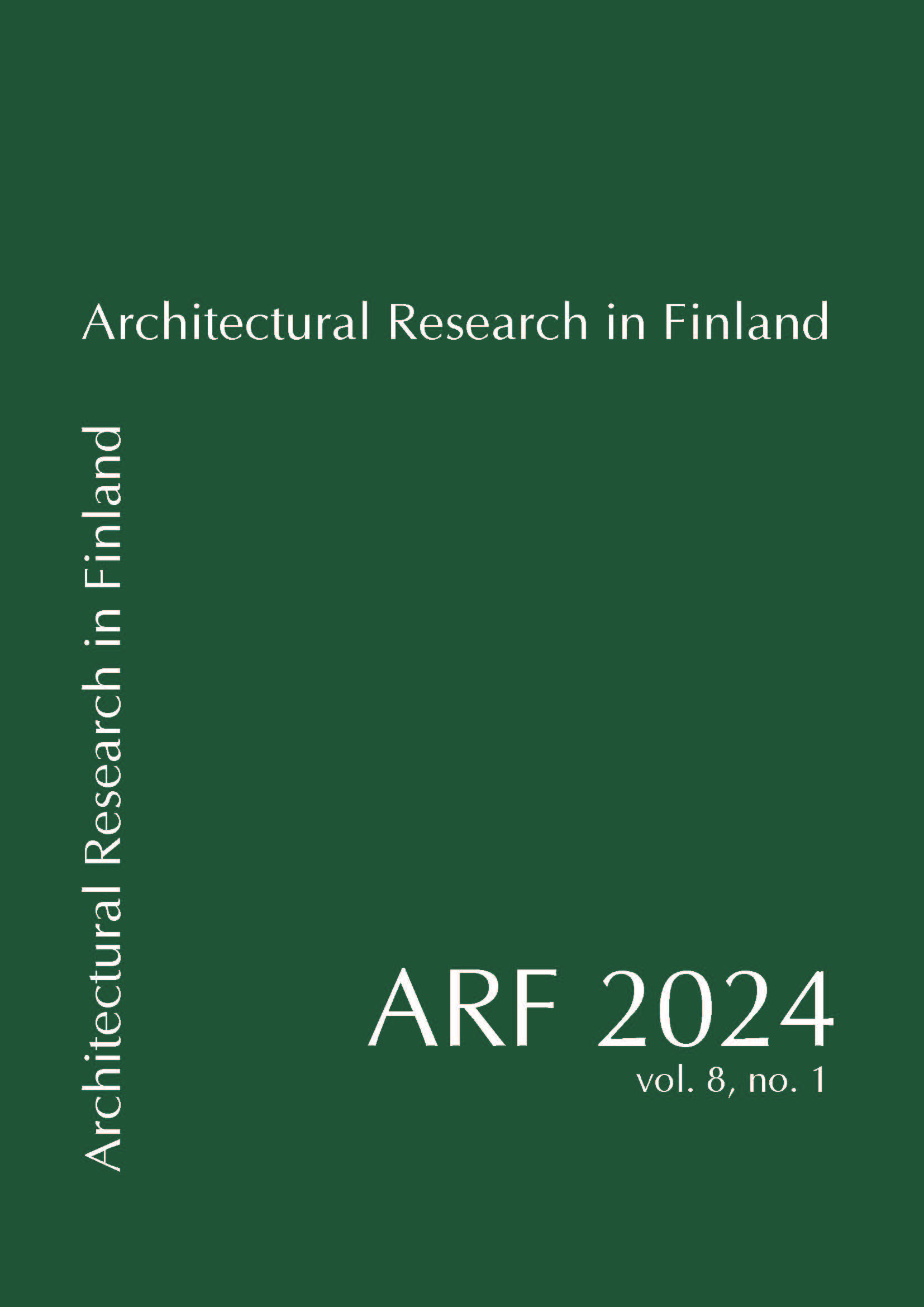Material flows from buildings
A comparison of patterns in two Finnish cities
DOI:
https://doi.org/10.37457/arf.146884Avainsanat:
circular economy, comparative research, building stock dynamics, material flow analysis, sustainable citiesAbstrakti
In the circular economy, building stocks are valuable urban mines of secondary resources and reserves of space whose utilization has the potential to substitute for virgin resources. The purpose of this study is to compare patterns in construction (inflows) and demolition (outflows) and how they shaped the building stock in two Finnish cities, Vantaa and Tampere between 2000 and 2018. By attributing flows to distinct urban development patterns (such as greenfield, replacement, infill, etc.) and investigating population and labour force structure, the goal is to recognize differences and similarities between the case studies. In doing so, the aim is to understand how a comparative approach may help to identify drivers and patterns in the building stock dynamics of the two cities which further aids the development of a circular building stock management. The methodological foundation for this research is Urban Metabolism in form of Material Flow Analysis with a focus on the product i.e., building level but also space as a service provided by buildings. Tampere and Vantaa are the third and fourth largest cities in Finland, with a population of circa 230,000 each. Despite their similar sizes, differences in their geographical properties, contexts, and roles in Finland make them interesting targets for comparative research.
The results show that growth in population and labour force led to a substantial increase in both cities’ building stocks. While Vantaa’s more rural character allowed a higher amount of sprawl by loose-built housing typologies, geographical restrictions and the already dense building stock in Tampere often led to more compact housing and an overall higher amount of demolition in relation to construction. The development of both non-residential building stocks shows a clear tendency towards typologies that support respective economic operations. Alas, material intensity coefficients, which would enable quantifying the material and CO2 impacts of these developments, do not yet exist for Finnish building typologies. Nevertheless, this study’s findings provide a preliminary understanding of how different mechanisms of urban development, such as construction and demolition, shape environmental strains and support the development of pinpoint circular strategies.




